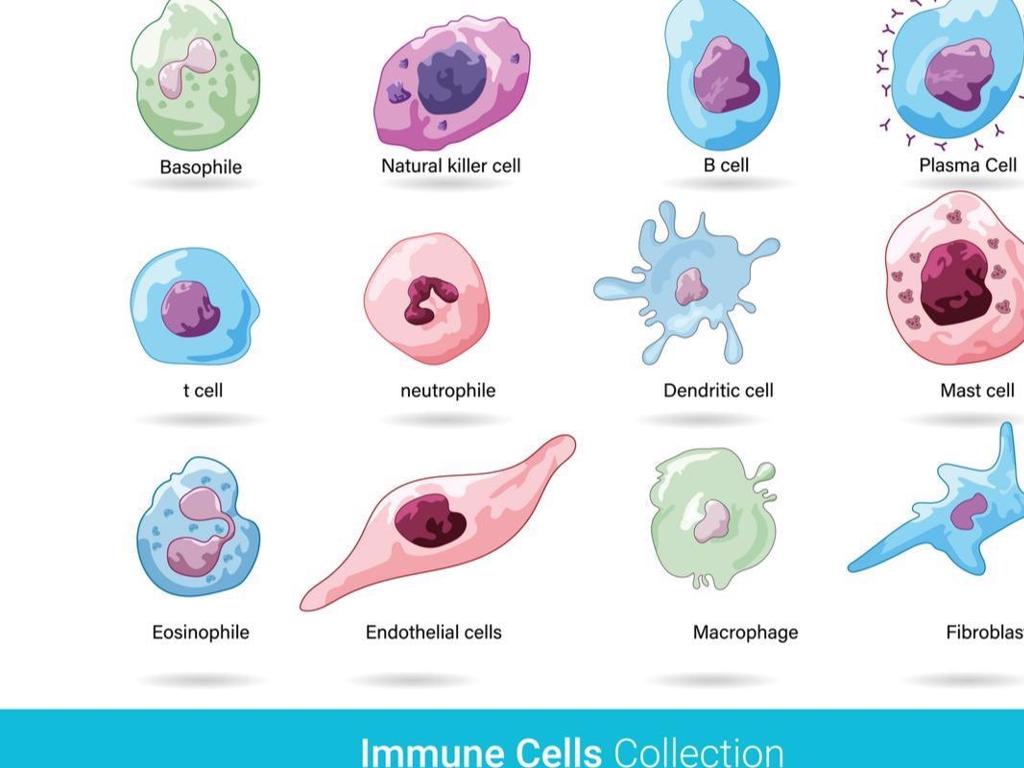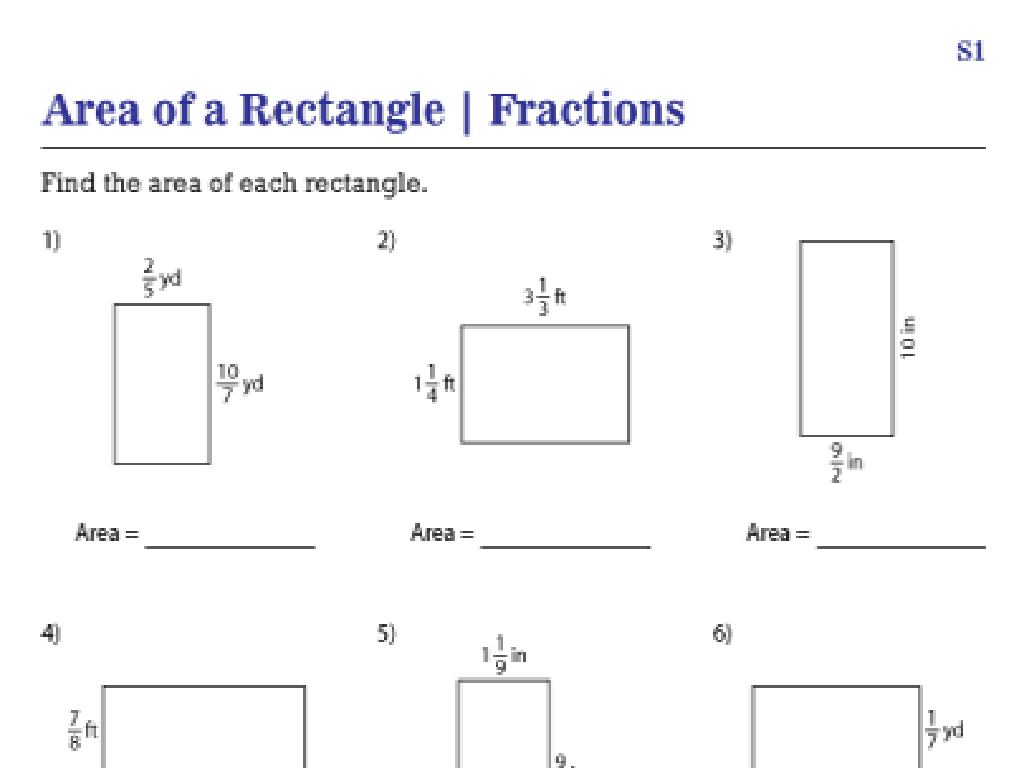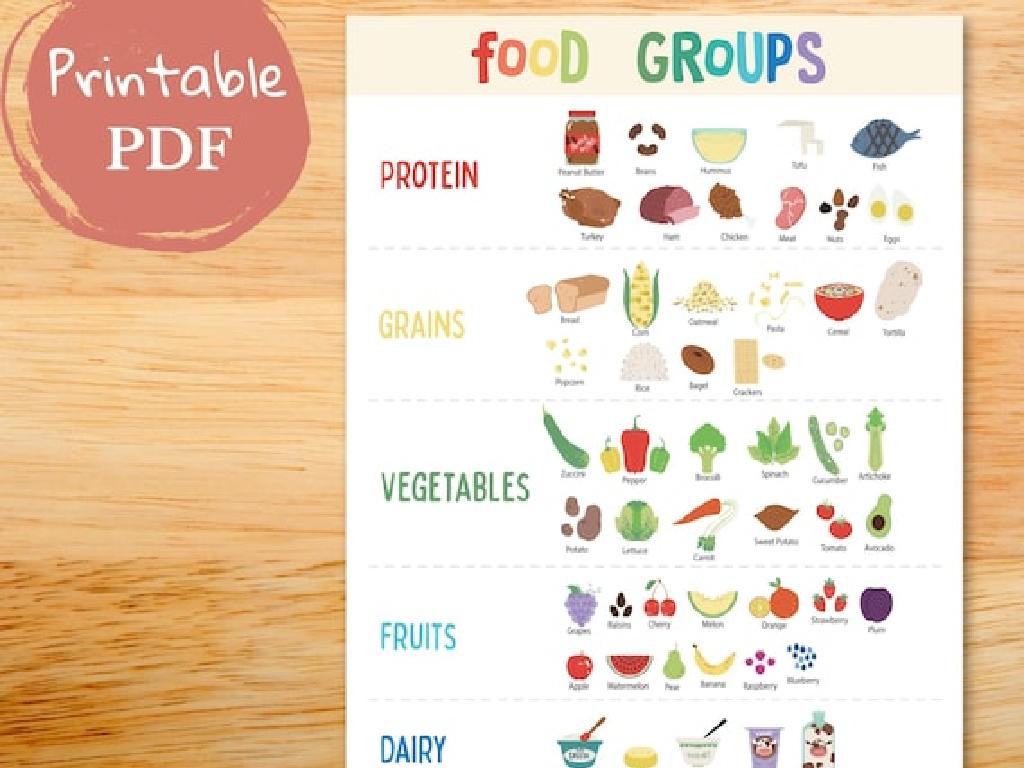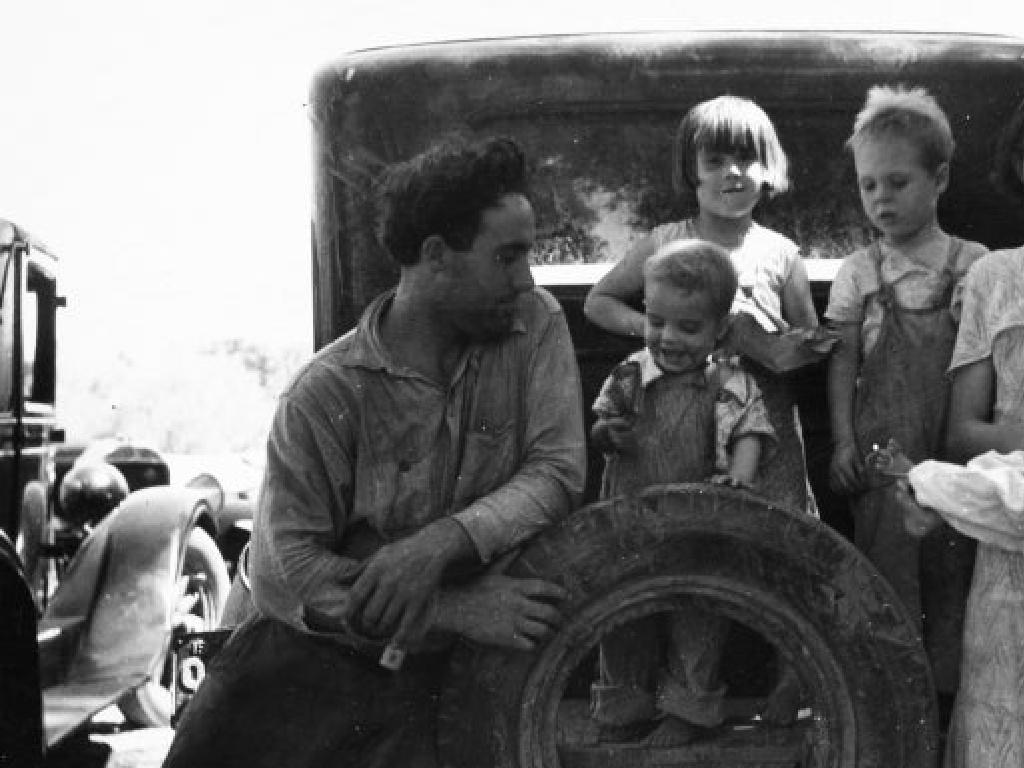Identify Physical And Chemical Changes
Subject: Science
Grade: First grade
Topic: Physical And Chemical Change
Please LOG IN to download the presentation. Access is available to registered users only.
View More Content
Exploring Changes Around Us
– Learning about changes
– Examples of change
– Think of leaves changing color or ice melting
– Physical changes
– Changes you can see like breaking a crayon
– Chemical changes
– Changes you can’t reverse like baking a cake
|
This slide introduces the concept of change to first graders, focusing on physical and chemical changes. Start by engaging the students with a question about change to get them thinking and to encourage participation. Use relatable examples like leaves changing color or ice melting to illustrate change. Explain that a physical change is something we can see and is usually not permanent, like tearing paper or freezing water. In contrast, a chemical change creates something new and can’t easily be undone, like baking a cake or a campfire burning wood. The goal is to help students understand that changes happen in different ways and can affect the world around them.
Understanding Physical Changes
– Physical change explained
– When an object’s appearance changes, but it’s still the same thing.
– Same material, new shape or state
– Like when water turns to ice, it’s still water, just frozen!
– Examples: Tearing, Melting, Stretching
– Tearing paper into pieces, ice becoming water, pulling a rubber band.
|
This slide introduces the concept of a physical change to first graders. It’s important to convey that the material itself doesn’t become something different; it just looks different or changes its state (solid, liquid, gas). Use relatable examples like tearing paper, which doesn’t change the fact that it’s paper, or melting ice, which turns into water but is still H2O. Encourage students to think of other examples they’ve seen in their daily lives. This will help them grasp the concept that physical changes are about form and state, not substance.
Let’s See Some Physical Changes!
– Observe pictures of changes
– Identify the physical changes
– Look for changes in shape, size, or state
– Discuss each change as a class
– Share your observations with the class
– Understand physical changes
– Physical changes don’t make new substances
|
This slide is aimed at helping first graders understand the concept of physical changes through observation and discussion. Show the students a series of pictures depicting physical changes such as ice melting, paper being cut, or clay being molded. Encourage the students to describe what they see and identify the changes without introducing new materials. Explain that in physical changes, the substance remains the same even though it may look different. Engage the class in a discussion about each picture, reinforcing the concept that the changes they observe are physical changes. The goal is for students to recognize that physical changes are changes in the form of matter but not in its identity.
Exploring Chemical Changes
– Chemical change explained
– When substances mix and create new ones
– Baking a cake
– Mixing ingredients makes a new, yummy treat!
– A nail getting rusty
– Metal turns brownish and crumbly
– Leaves changing in fall
– Green leaves turn red, yellow, or brown
|
This slide introduces the concept of chemical changes to first graders. A chemical change occurs when different substances combine and change into entirely new substances with different properties. Use relatable examples like baking a cake, where mixing ingredients creates a delicious new thing to eat, or a nail rusting, which shows metal changing color and texture. Discuss how leaves on trees change colors in the fall, which is a result of chemical changes in the leaves. These examples will help students understand that chemical changes result in new substances. Encourage students to think of other examples of chemical changes they may have observed in their daily lives.
Discovering Chemical Changes
– Mixing things can make new matter
– Examples show us chemical changes
– Baking a cake or rusting metal
– Chemical changes are different
– They create substances that weren’t there before
– Let’s see what’s new!
|
This slide introduces the concept of chemical changes to first graders. Explain that when certain things are mixed together, they can change and make something completely new, which we call a new kind of matter. Use simple and relatable examples like baking a cake (mixing ingredients to make something new) or a bicycle left outside that gets rusty. Emphasize that a chemical change is different from just changing the shape or size of something because it produces new kinds of matter that weren’t there before. Encourage the children to think of other examples they may have seen in their daily lives.
Physical vs. Chemical Changes
– Physical changes can be reversed
– Like melting ice to water and refreezing
– Chemical changes create new things
– Baking a cake or rusting iron
– Chemical changes are hard to undo
– Trying to un-bake a cake is impossible
|
This slide introduces first graders to the concept of physical and chemical changes. Explain that physical changes are when something changes its form but can be changed back, like water freezing and melting. Chemical changes result in new substances that cannot be easily changed back, like a cake that has been baked or a nail that has rusted. Use simple, relatable examples to help students understand the permanence of chemical changes compared to the reversibility of physical changes. Encourage students to think of other examples they may have observed in their daily lives.
Class Activity: Magic Dancing Raisins!
– Observe raisins in soda
– Predict: Will raisins dance?
– Understand it’s a physical change
– Physical change: shape, state, or size changes
– No new substance is formed
– Raisins & soda remain the same, just behave differently
|
This activity is designed to demonstrate a physical change to the students. Before starting, ask the students if they think the raisins will move in the soda and why. As you add the raisins to the soda, observe their movement. Explain that the bubbles cause the raisins to move, but they are still raisins, and the soda is still soda; nothing new is created, which is why it’s a physical change. After the activity, discuss with the class what they observed and reinforce the concept of physical changes. Possible variations of the activity could include using different carbonated drinks or different objects to see if they ‘dance’ as well.
Review Time: Physical vs. Chemical Changes
– What’s a physical change? Example?
– Physical change: shape or state changes, like melting ice.
– What’s a chemical change? Example?
– Chemical change: new substances form, like rust on iron.
– Why are chemical changes hard to undo?
– Chemical changes make new materials that don’t easily change back.
|
This slide is a review of the concepts of physical and chemical changes. Start by explaining that a physical change is when something changes its shape or state (like ice melting into water) but is still the same material. Then, describe a chemical change as a change that creates a new substance (like iron turning into rust). Emphasize that chemical changes are usually permanent because new materials are made, and it’s not easy to get the original substance back. Use simple examples that first graders can relate to and understand. Encourage students to think of their own examples and discuss why some changes can be undone while others cannot.
Exploring Changes in Science
– Congrats on learning changes!
– Science is everywhere
– Look around, science is in everything we do and see!
– Changes occur daily
– From melting ice to rusting metal, changes are a part of life.
– Keep exploring and questioning
– Always be curious and learn more about how things work.
|
This slide wraps up the lesson on physical and chemical changes. It’s meant to reinforce the students’ understanding and encourage them to continue observing the world around them. Highlight the importance of curiosity and the role it plays in scientific discovery. Remind them that every day, they witness science in action, whether it’s water boiling on the stove or leaves changing color with the seasons. Encourage them to ask questions and explore the ‘why’ and ‘how’ behind the changes they observe in their daily lives.






